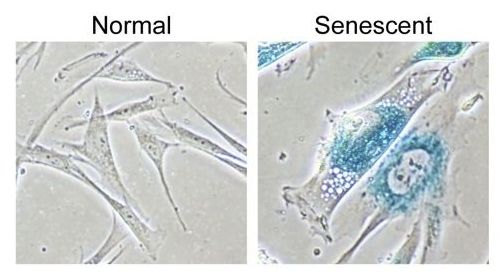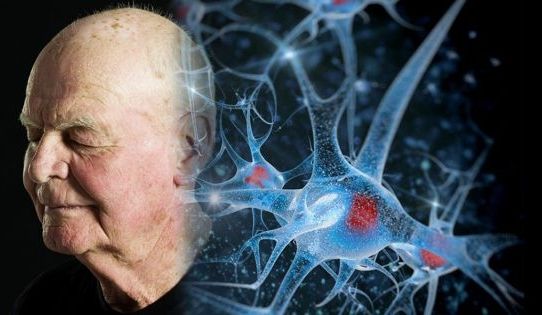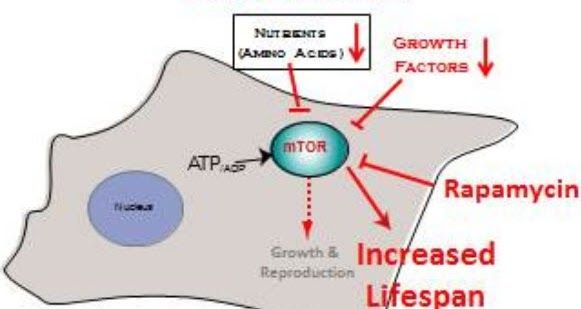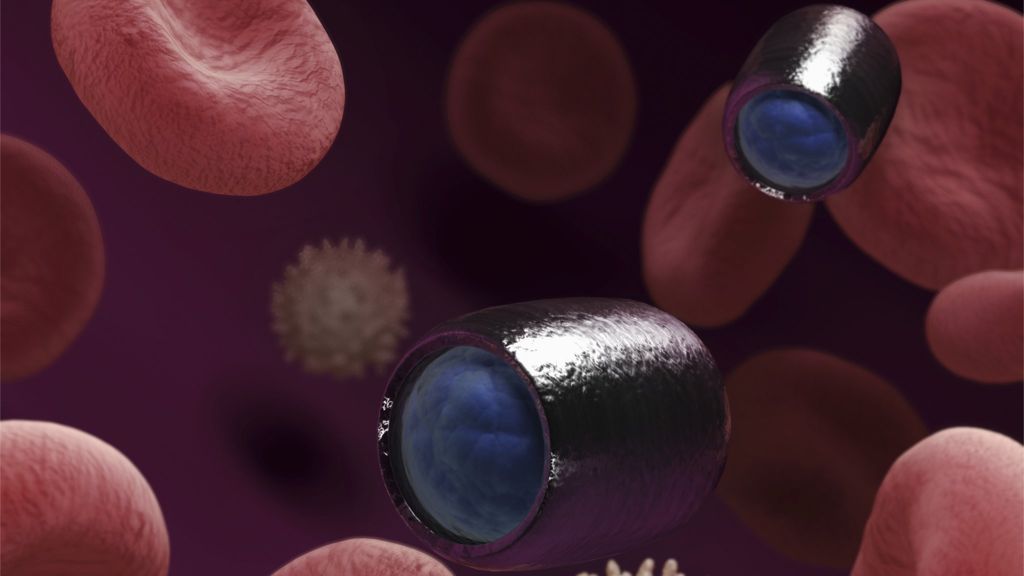Oct 7, 2016
New method to detect ageing cells – and aid rejuvenation therapies — developed
Posted by Steve Hill in categories: biotech/medical, life extension
A great new biomarker for senescent cells is available and will allow researchers to more measure levels of aged cells easier and faster. Great news for gerontologists wishing to demonstrate changes to aged cell populations after therapies.
Scientists have discovered a new way to look for ageing cells across a wide range of biological materials; the new method will boost understanding of cellular development and ageing as well as the causes of diverse diseases.
Frustrated by the limitations of commercially available biomarkers — researchers led by The University of Manchester’s Professor Paul Townsend and senior author of the resulting paper, and honorary professor at Manchester, Professor Vassilis Gorgoulis, have developed a universally applicable method to assess senescence across biomedicine, from cancer research to gerontology.
Continue reading “New method to detect ageing cells – and aid rejuvenation therapies — developed” »


















